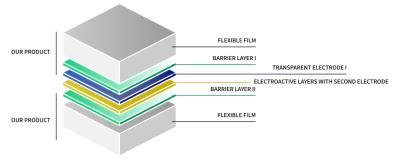Australia-based Greatcell Solar Materials produces and supplies perovskite materials, and is one of the industry's pioneer companies. We conducted an interviw with Dr. Yanek Hebting, Greatcell's general manager, who updates us on the company's business, material and his views on the perovskite industry.
Hello Dr. Hebting, Thank you for this Q&A. Can you introduce us to Greatcell Solar Materials?
Greatcell Solar Materials Pty Ltd was created in October 2018 as the spin-off of the Materials Division of Greatcell Solar, formerly Dyesol. Greatcell Solar Materials is a manufacturer and supplier of materials (including perovskite precursors, dyes, ligands, titania pastes, electrolytes as well as components) for energy system applications to the photovoltaics research sector and the electronics industry.
All products are manufactured and shipped from our facility in Queanbeyan, NSW Australia.
Can you tell us a bit about the demand for perovskite materials? Does it come mostly for research, or pilot lines?
As COVID restrictions around the world have eased and global activity resumed, the demand for perovskite materials has significantly increased since.
Greatcell Solar Materials provides both bulk quantities for industrial partners as well as small quantities for research purposes. The demand for research purpose will always be a part of the demand, it is exciting to see some pilot lines take fruition and begin the process of commercialization.








